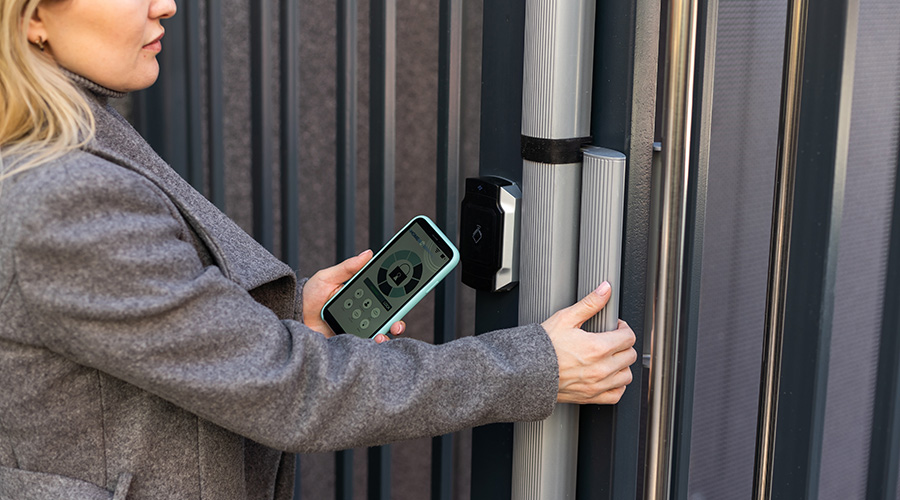Access Control Systems: Six Key Planning Steps
At one time, the function of an access control system was simply to enable facilities to control the ability to enter and leave without using hard keys, while creating a logging system with no paper. Access control systems have evolved into multi-faceted tools that can control the movement of people and assets, support video, and integrate cameras as well as financial and vending systems — all with the use of one smartcard or token. Because of this complexitity, it's essential to follow the proper steps in planning access control systems.
For those looking to upgrade functionality and those just starting out, the questions are the same:
- What primary needs and functions are you trying to manage with an access control system?
- Are those needs and functions going to be managed through stand-alone systems or through networked systems?
- Do you intend on integrating some, most, or all of the systems right away or put some off until funding is available down the fiscal road?
- What's your budget?
Those are big questions, of course. To answer them, it may help to put the following six items on your access control planning to-do list.
1. Identify the Stakeholders
Stakeholders provide critical information throughout the entire process, from conception to implementation. The people who use the systems involved are the best sources of information that will either make or break the access control endeavor, so it's essential to include them from the beginning.
Information technology, security, parking and transportation, food services and, in the case of academia, student services, residence life, athletics, and the numerous faculty and staff committees: All are integral to the buy-in phase of any system, especially if it requires new processes and procedures for the end users.
Once those stakeholders are identified, a strong working committee should be formed, one that includes a representative from each stakeholder plus a project manager; a broad-based committee is especially important if the integration of numerous systems is involved.
Related Topics:















